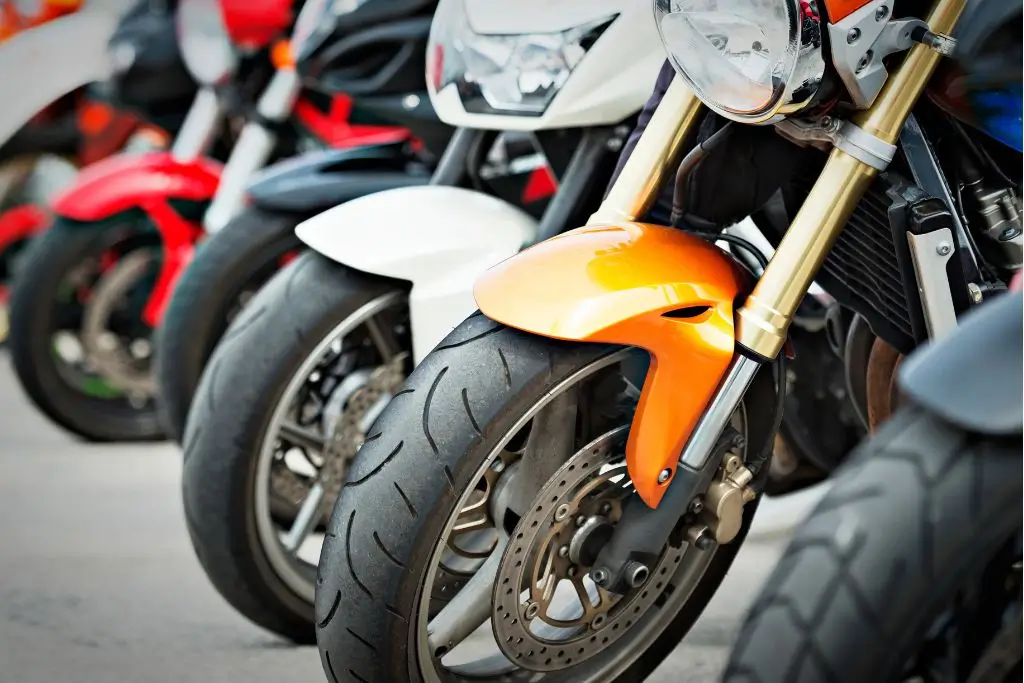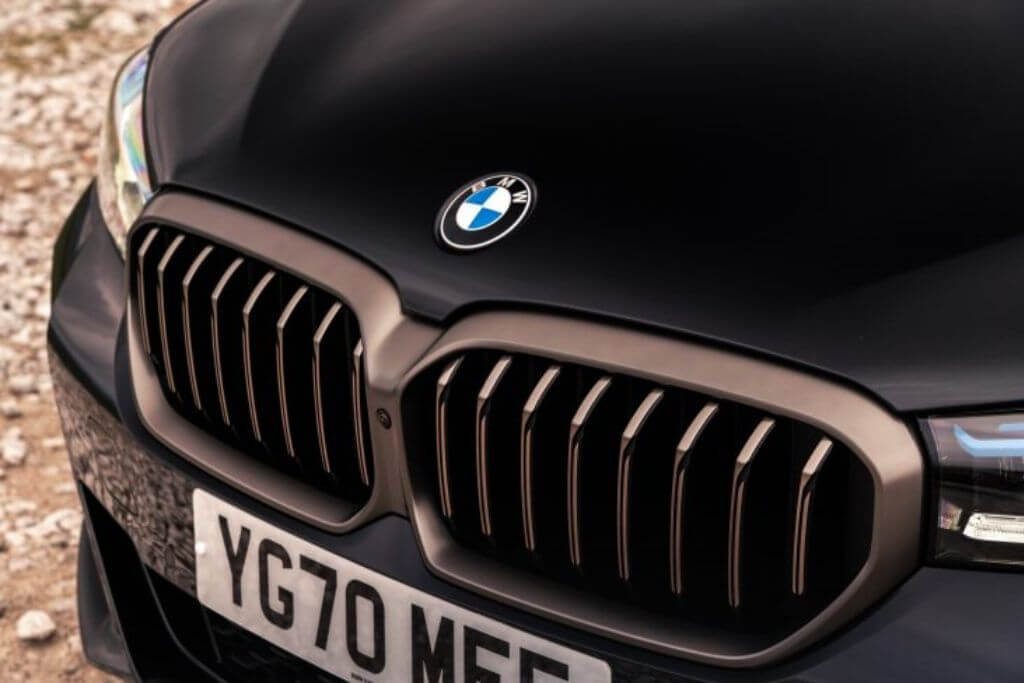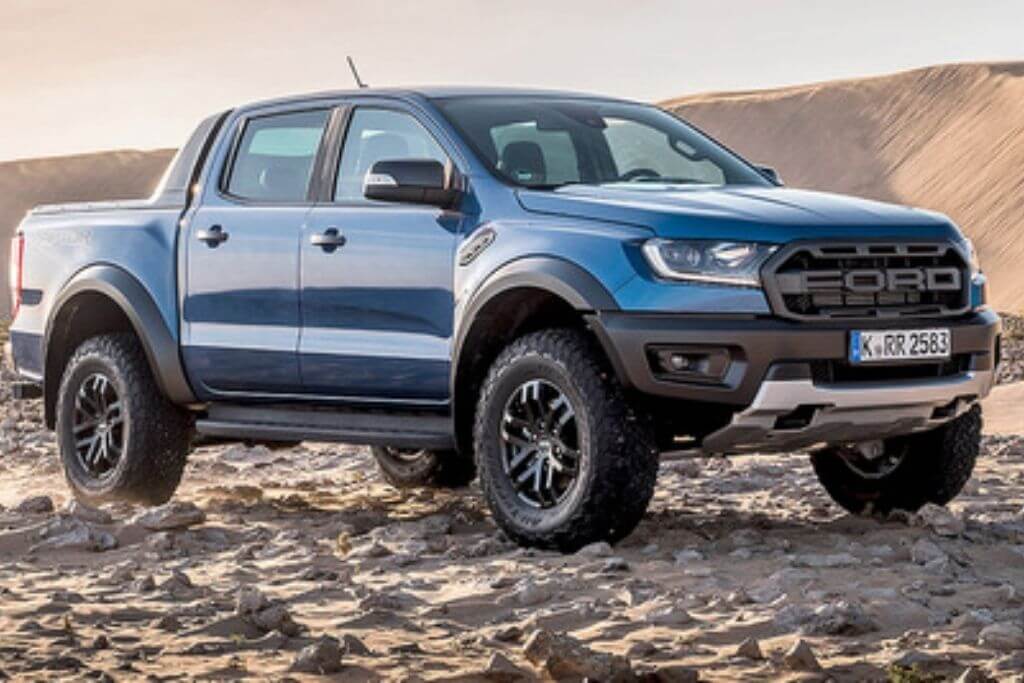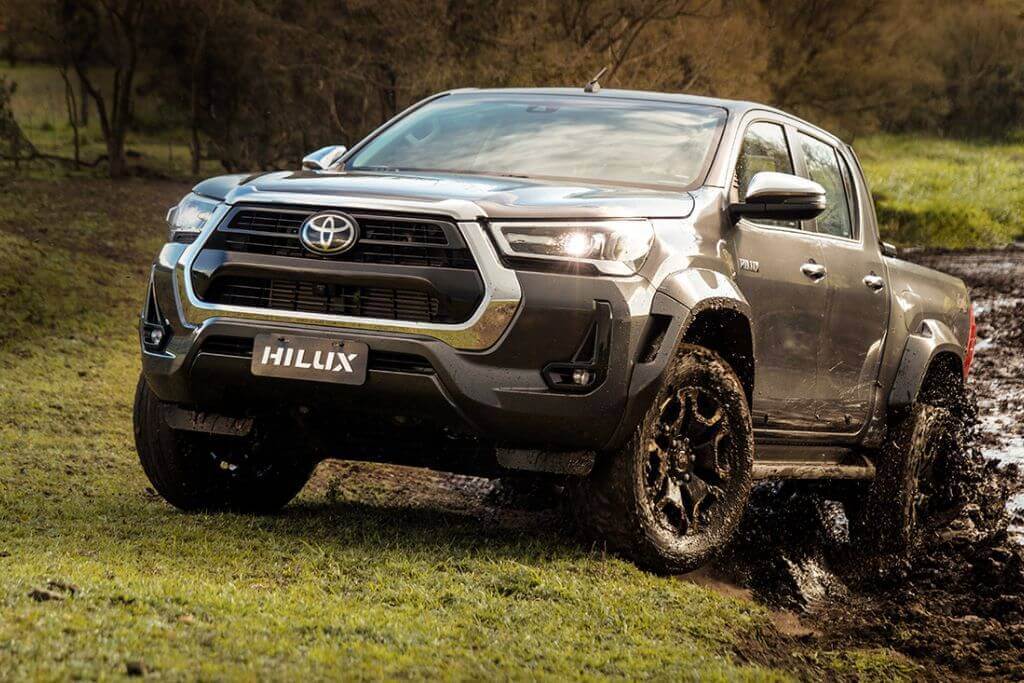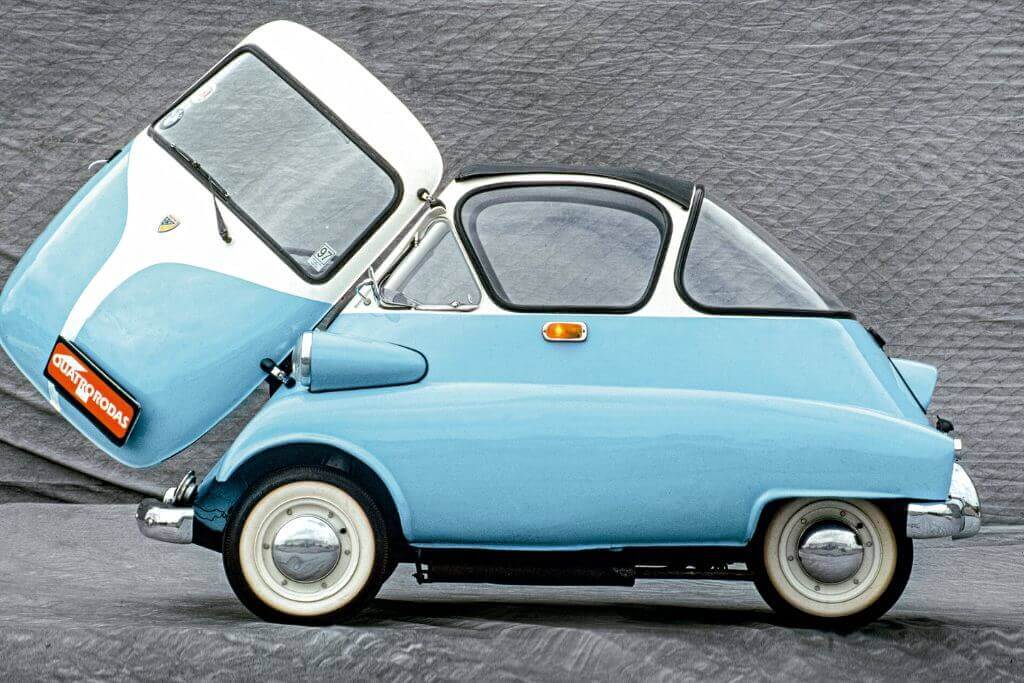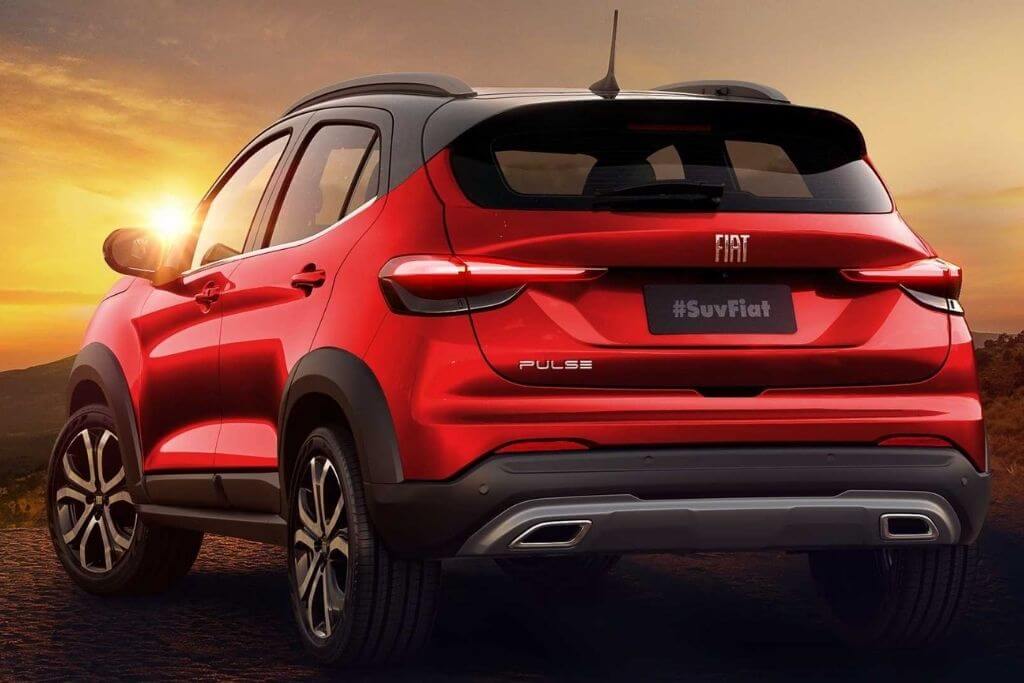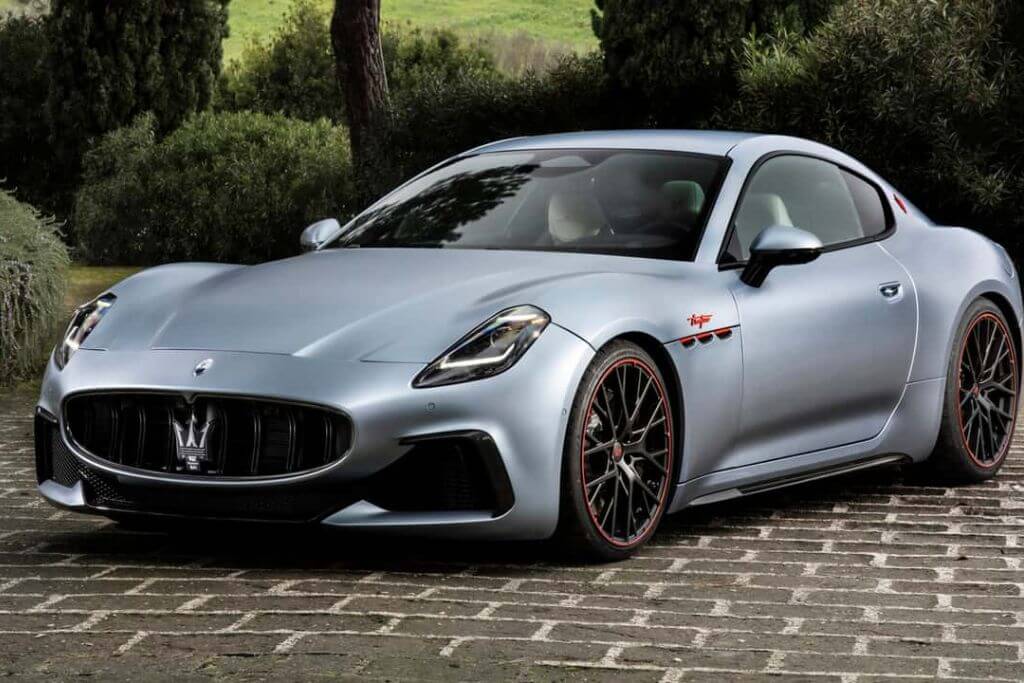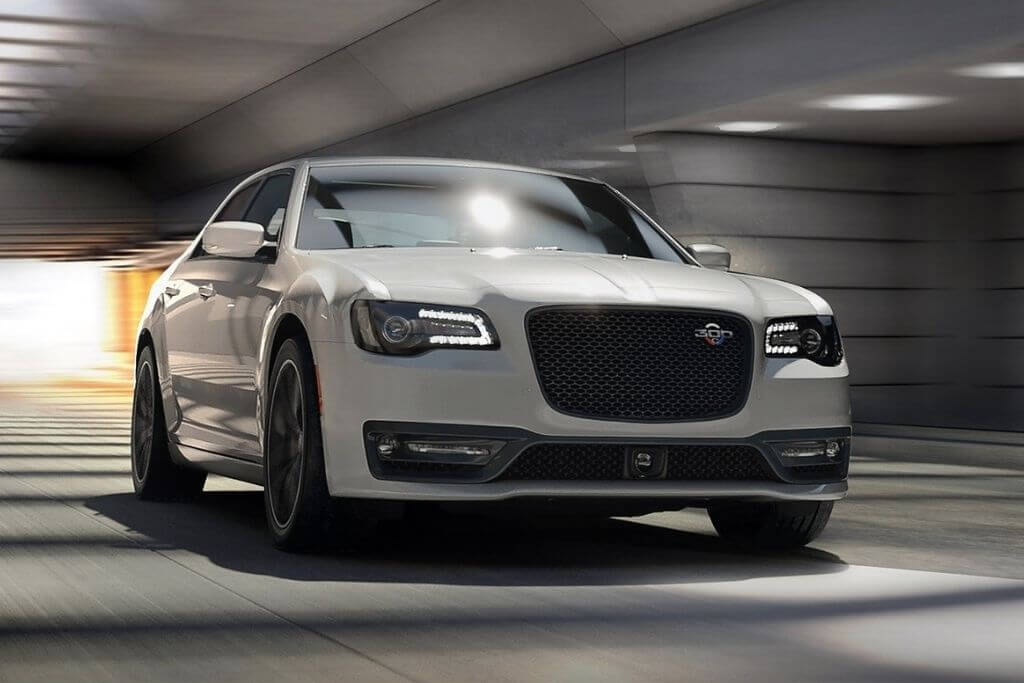Find out more about convertible cars and how the model became popular with various brands
Adverts
Convertible cars have a history dating back more than a century, and over that time their popularity has undergone significant developments.
From the days when horse-drawn carriages featured a removable top, to today's luxury convertible cars in the modern era, these vehicles have always managed to capture the attention and fascination of motorists around the world.
The presence of convertible cars on the automotive scene dates back to the early 1910s, when American manufacturer Cadillac launched its first vehicle with a removable roof. This innovative feature was quickly adopted by the Ford Model T, which offered an optional soft top that could be folded down manually.
Adverts
Subsequently, other automakers such as Buick, Pierce-Arrow and Peerless also entered the American market with their own convertible models.
In the 1920s, convertible cars became more common and comfortable, thanks to technological and engineering advances. Luxury brands such as Mercedes-Benz, Packard, Cadillac, Lincoln and Auburn launched their own models during this time.
After the Second World War, convertible cars experienced a significant boom. In the 1950s, some of the most iconic convertible car models were introduced to the market, such as the Chevrolet Corvette Stingray and the Jaguar XK120 Roadster.
The 1970s were marked by an increase in safety regulations for convertible cars, leading many manufacturers to stop production of traditional models due to the lack of airbags and other advanced safety features.
Despite this setback, there has recently been a resurgence in the popularity of these vehicles, driven by their unique style and appeal among collectors and enthusiasts.
Quick Index:
Convertible cars: what are they?
Convertible cars, also known as convertibles or cabriolets, are motor vehicles that have the ability to have their roof removed or folded down, giving occupants the experience of driving with the sky open.
You might be interested:
- Free dental implants in the Smiling Brazil Programme
- Receivables: how to claim on time
- All about the Winter Bono
There are different types of convertible cars, and the roof configuration varies from model to model. The main categories of convertible cars include:
Soft-top convertibles
These cars have a fabric or vinyl roof that can be folded or retracted. The mechanism is usually manually or electrically operated. Examples include the Mazda MX-5 Miata and the BMW Z4.
Hard-tops
Also known as retractable convertibles, these cars have a hard-top roof that can be folded down electrically to be stored in the designated compartment. This gives a feeling of driving with an open roof, but with the advantage of a hard top when closed. Examples include the Mercedes-Benz SL and the Mazda MX-5 RF.
Targa
Targa configuration cars have a removable roof centre section, usually made of rigid material. This section can be stored in the boot, allowing for a convertible-like experience. Examples include the Porsche 911 Targa.
The main advantage of convertible cars is the possibility of enjoying the sensation of driving in the open air and enjoying sunny days. However, it's important to note that these vehicles can have a more flexible structure and can be less quiet and less safe compared to cars with a rigid roof. In addition, modern models often incorporate technology to minimise noise and improve safety.
Iconic models
Chevrolet Corvette Stingray (1963)
The 1963 Chevrolet Corvette Stingray is a true legend among convertible cars. This sports car embodies the classic American muscle car, equipped with a powerful V8 engine, iconic design and a suspension optimised for high performance. Its highlights include a removable hardtop and independent rear suspension, providing exceptional rear-wheel drive efficiency.
Jaguar XK120 Roadster
Launched in 1950, the Jaguar XK120 Roadster is an icon in the history of convertible cars. Revolutionising the automotive industry with its sleek design and powerful engine, this roadster was powered by a 3.4-litre in-line six-cylinder engine and reached an impressive top speed of 200 km/h, making it the first production car to achieve such a feat.
Mercedes-Benz SLS AMG Roadster
The Mercedes-Benz SLS AMG Roadster, first unveiled in 2009, is a convertible sports car based on the SLS AMG. Equipped with a 6.3-litre V8 engine, it produces 571 horsepower and 479 lb-ft of torque. Its notable feature is the seagull-style doors, providing unique access and an impressive visual effect when opening or closing.
Porsche 911 Cabriolet
Produced since 1983, the Porsche 911 Cabriolet is one of the most iconic convertible cars, known for its reliability and elegance. Available with a variety of powerful engines, from a 3.2-litre to the latest 4.0-litre engine, this sports car continues to be a benchmark in design and performance.
Audi R8 Spyder
The Audi R8 Spyder is the convertible version of the renowned Audi R8 supercar. Powered by a 5.2-litre V10 engine, it produces 540 horsepower and 398 lb-ft of torque. With incredible handling, it accelerates from 0 to 100 km/h in just 3.4 seconds, standing out as a masterpiece among sports convertibles.
BMW M6 Convertible
The BMW M6 Convertible is a luxurious and powerful convertible sports car, featuring an elegant exterior and a 4.4-litre V8 TwinPower Turbo engine. With 560 horsepower and 500 lb-ft of torque, it accelerates from 0 to 100 km/h in 3.7 seconds, combining style and performance in an impressive way.
Ford Thunderbird Convertible
The Ford Thunderbird convertible, launched in 1955, is an American icon among classic convertible cars. With its timeless design, it was designed to compete with other convertible models. Over the years, it has been updated with modern technologies while maintaining its essence and striking presence.
Conclusion
In short, having a convertible car can be an exciting choice due to the unique outdoor driving experience, attractive styling and fun on sunny days. However, higher costs, potentially lower fuel efficiency, impracticality in adverse weather conditions and safety concerns are disadvantages to be considered.
You may be interested:
- The 5 best online auction sites
- How to tell if an online auction site is reliable
- Discover the Car and Motorbike Auctions
The decision to own a convertible car will depend on individual preferences, lifestyle and willingness to deal with the practical and financial aspects associated with this type of vehicle.
Did you like this content? Share it with your loved ones and save it to your favourites for future reference.






